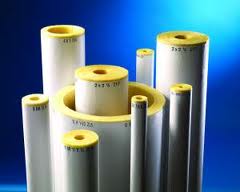Our Client was experiencing a high production loss due to various process issues. The current operations were profitable but seen as inefficient. In addition, the product yields were limiting their ability to meet increasing requirements of the products.
Reason for Project:
- Our Client decided to hire an outside engineering consulting firm to study the manufacturing facility during canning season. Observations of the entire process from truck unloading of raw materials through palletizing of cased products.
Project Deliverables:
- A comprehensive list of process improvement ideas around the dicing lines; addition of in-line weight checking equipment; and oven and cooling process enhancements to increase throughput.
- Also identified manpower reduction opportunities through staffing changes, installation of larger magazine feeders and the replacement of two low speed lines with one high speed canning line.
Project Results/Benefits:
- Productivity Improvements: Process improvement showed an increase of 12,790 cases (4%).
- Labor Cost Reductions: Total proposed labor cost reduction would reduce annual labor cost by $600,000.
- Throughput Enhancement: Increased production capacity within the same footprint.
- Quality Improvement: Reduced can filling losses by $60,000 annually and empty can loss by $40,000 annually.



